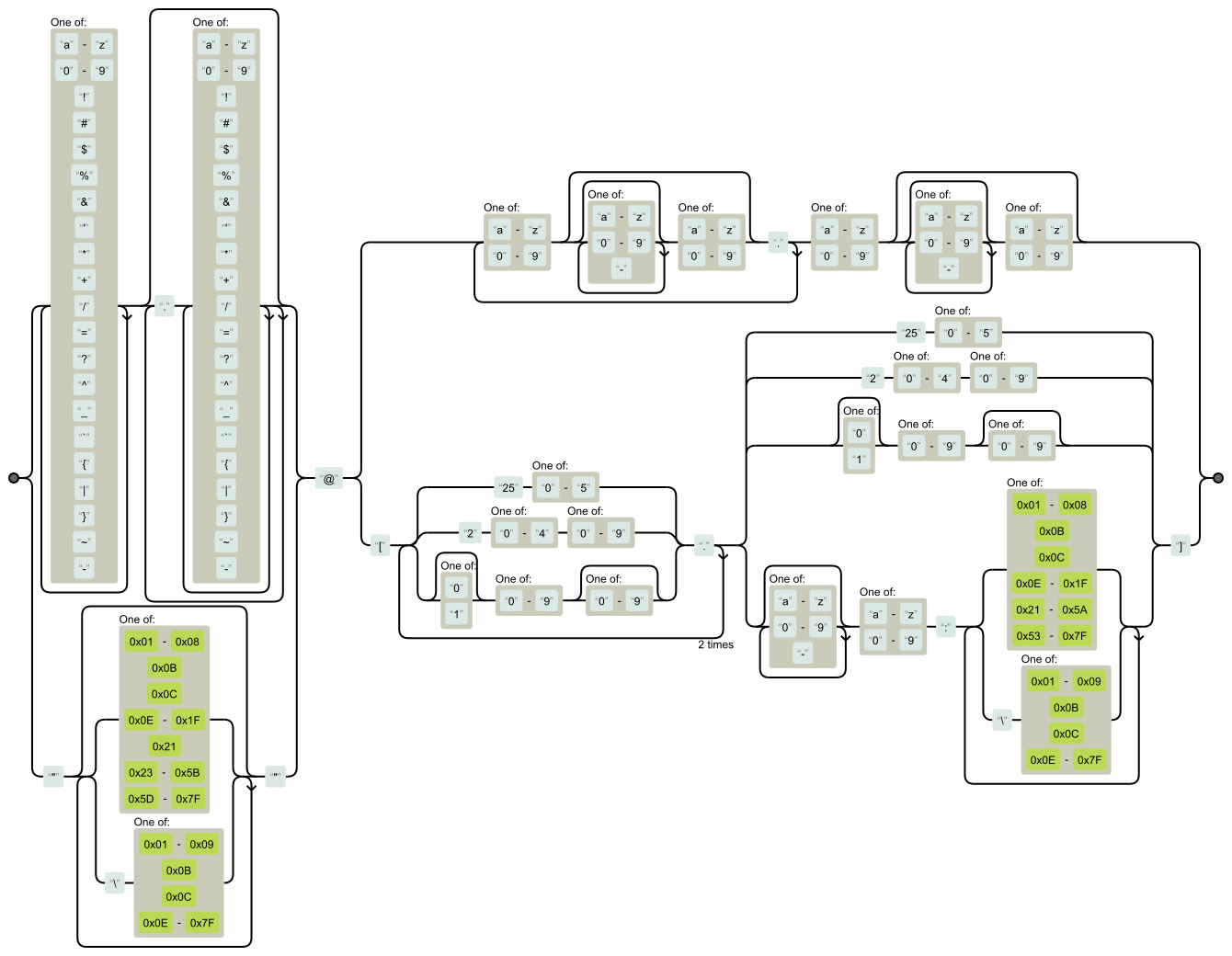

If you’d like more information about how to leverage regular expressions in your Splunk environment, reach out to our team of experts by filling out the form below. There are plenty of self-tutorials, classes, books, and videos available via open sources to help you learn to use regular expressions. It is a skill set that’s quick to pick up and master, and learning it can take your Splunk skills to the next level. The Hadoop Hive regular expression functions identify precise patterns of characters in the given string and are useful for extracting string from the data and validation of the existing data, for example, validate date, range checks, checks for characters, and extract specific characters from the data. Using regex can be a powerful tool for extracting specific strings. Simple to use interface Flexible search parameters Text extractor - rip text. Use to practice your RegEx: Figure 5 – a practice search entered into We’re Your Regex(pert) It utilises a flexible Regular Expression engine to enable you to create. Syntax for the command: | rex field=field_to_rex_from “FrontAnchor(? = searches for digits that are 1-3 in length, separated by periods. You can place regular expressions in any component. When using regular expression in Splunk, use the rex command to either extract fields using regular expression-named groups or replace or substitute characters in a field using those expressions. To use regular expressions in your test plan, you need to use the Regular Expression Extractor of JMeter.

I have sorted them into a table, to show that other CVE_Number fields were extracted: Figure 2 – the job inspector window shows that Splunk has extracted CVE_Number fields The rex Commands Next, by using the erex command, you can see in the job inspector that Splunk has ‘successfully learned regex’ for extracting the CVE numbers. I want to have Splunk learn a new regex for extracting all of the CVE names that populate in this index, like the example CVE number that I have highlighted here: Figure 1 – a CVE index with an example CVE number highlighted In this screenshot, we are in my index of CVEs. Syntax for the command: | erex examples=“exampletext1,exampletext2” When using regular expression in Splunk, use the erex command to extract data from a field when you do not know the regular expression to use. Let’s get started on some of the basics of regex! How to Use Regex The erex command In Splunk, regex also allows you to conduct field extractions on the fly. Regex is a great filtering tool that allows you to conduct advanced pattern matching. A Regular Expression (regex) in Splunk is a way to search through text to find pattern matches in your data. Especially data that’s hard to filter and pair up with patterned data.


 0 kommentar(er)
0 kommentar(er)
